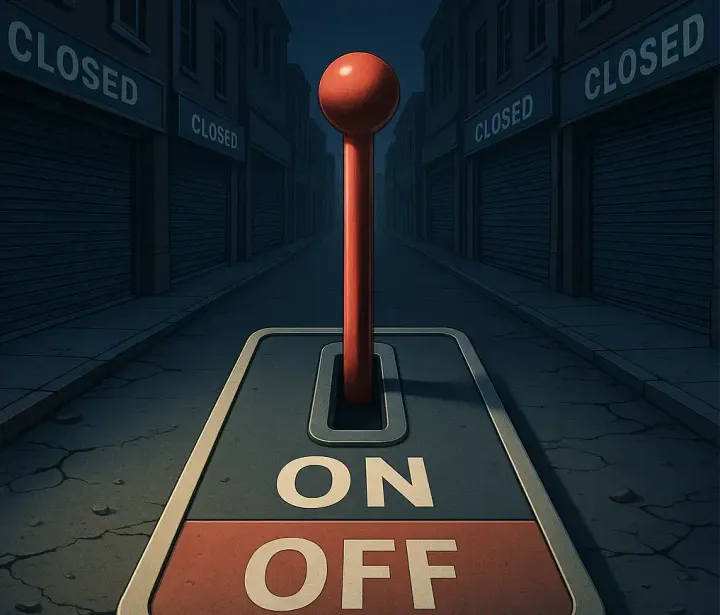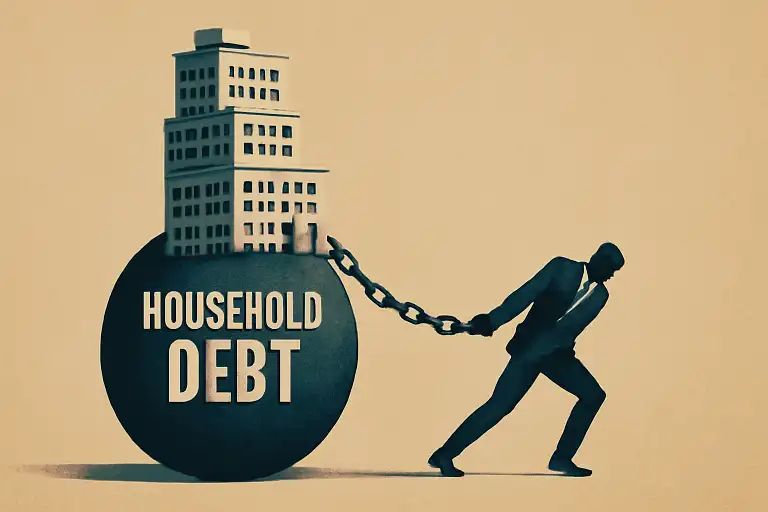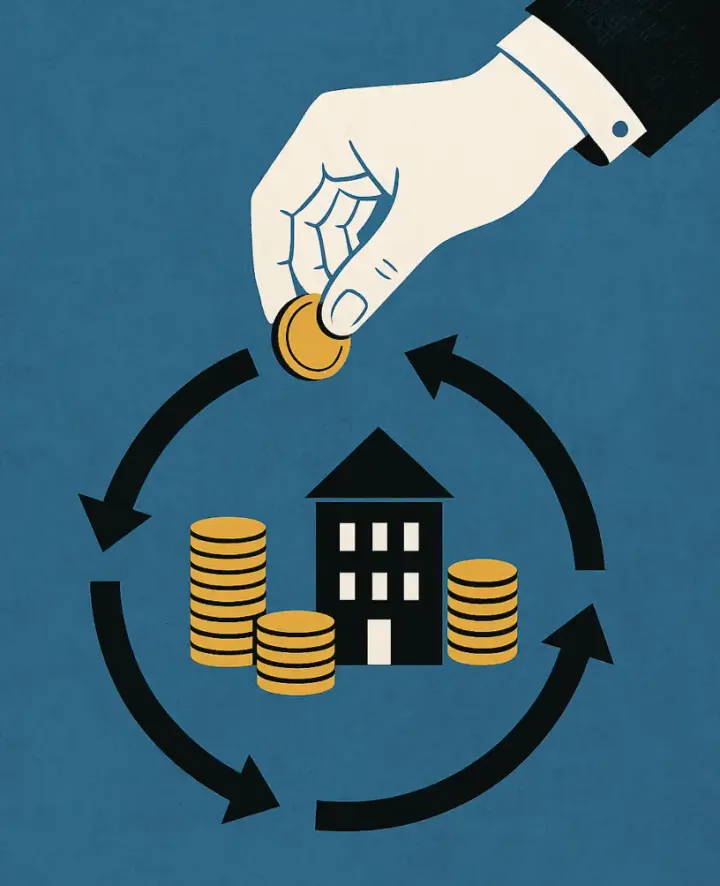The U.S. faces a financial crisis as debt hits $1.17 trillion and wages stagnate. With 37 million Americans in poverty, rising costs are deepening economic insecurity. Will policy changes like a higher minimum wage and credit card rate caps offer relief, or will financial instability worsen?
Despite being the world’s largest economy, the United States is grappling with a worsening financial crisis. Poverty, rising consumer debt, and stagnant wages have created a precarious economic environment for millions of Americans. More than 37 million people—or 11.6% of the population—live in poverty, while 63% of workers report that they would be unable to cover an unexpected $500 emergency expense.
At the same time, household debt has reached an all-time high, with credit card balances surpassing $1.17 trillion. Interest rates have skyrocketed, with some retail credit cards charging over 29%. As inflation continues to erode real wages, financial insecurity is deepening, leaving many Americans trapped in a cycle of debt and economic instability.
In Washington and beyond, efforts to address these economic challenges are gaining momentum. Lawmakers, economists, and business leaders are locked in debate over how best to tackle wage stagnation, rising debt, and the growing wealth gap. But while potential solutions exist, each comes with controversy and competing perspectives.
The Struggles of Low- and Middle-Income Americans
For millions of working Americans, wages have failed to keep pace with the rising cost of living. The federal minimum wage has remained at $7.25 per hour since 2009, a figure that economists argue is unsustainable in today’s economy. According to MIT’s Living Wage Calculator, a family of four needs at least $24 per hour per working adult to afford basic necessities. Yet, many full-time workers, particularly in service and retail sectors, earn significantly less.
With wages lagging behind, credit cards have become a financial lifeline for many households. However, this reliance on debt comes at a steep cost. The average credit card interest rate now exceeds 22%, making it increasingly difficult for consumers to pay down their balances. Delinquencies are rising, and major retailers such as Macy’s and Nordstrom have already reported an increase in missed payments.
Financial instability is not confined to low-income households. Even Americans earning six-figure salaries report living paycheck to paycheck due to high housing costs, student loan repayments, and inflationary pressures. The widespread nature of financial strain underscores the depth of the economic challenges facing the country.
What Are the Solutions?
As economic hardship deepens, policymakers and economists are debating a range of solutions aimed at addressing poverty, wage stagnation, and consumer debt. While some measures have gained bipartisan support, others remain highly contested.
One of the most debated proposals is raising the federal minimum wage. Proponents argue that an increase to $15 per hour or higher would lift millions out of poverty and boost consumer spending, stimulating economic growth. However, critics warn that a wage hike could lead to job losses, particularly for small businesses that may struggle to absorb higher labor costs. Some suggest that regional wage adjustments, rather than a blanket federal increase, could provide a more balanced approach.
Another proposed solution focuses on regulating credit card interest rates. A legislative proposal currently under discussion seeks to cap interest rates at 18%, a move aimed at preventing predatory lending practices that disproportionately affect lower-income borrowers. While supporters argue that such a cap would provide relief to consumers drowning in high-interest debt, opponents caution that it could lead to tighter credit restrictions, making it harder for some individuals to access credit in the first place.
Expanding government assistance programs has also emerged as a potential remedy for financial hardship. The Child Tax Credit (CTC), which was temporarily expanded during the pandemic, significantly reduced child poverty before its expiration. Many advocates are pushing for its reinstatement as a long-term policy, arguing that direct financial support to families has proven effective in reducing economic hardship. Additionally, the idea of Universal Basic Income (UBI)—a guaranteed monthly payment to all citizens—has gained traction among some economists, though critics argue that such a program would be fiscally unsustainable without significant tax increases.
Beyond government intervention, financial education is increasingly being viewed as a key component of economic reform. Many experts stress the importance of improving financial literacy to help individuals make better money management decisions, avoid predatory lending, and build long-term financial stability. However, while financial education can empower consumers, it does not address the root causes of economic hardship, such as wage stagnation and income inequality.
The Uncertain Future of America’s Economy
The United States stands at a pivotal moment as financial struggles deepen for millions. Beyond individual budgeting challenges, systemic issues such as wage stagnation, rising debt, and income inequality threaten long-term economic stability. Without decisive policy action, poverty rates may climb further, household debt could spiral out of control, and the wealth gap may continue to expand, pushing more Americans toward financial insecurity.
The path forward hinges on political will and bipartisan cooperation—both of which remain uncertain in a deeply divided Congress. While proposals like raising the minimum wage and strengthening consumer protection laws have broad public support, more ambitious reforms such as Universal Basic Income (UBI) and expanded social welfare programs face strong resistance from fiscal conservatives. The ongoing debate underscores the challenges of implementing lasting economic solutions.
What is undeniable, however, is that the current trajectory is unsustainable. If lawmakers fail to address the growing financial crisis, the consequences will be felt not only by struggling households but across the broader economy. As political gridlock persists, millions of Americans remain in limbo, waiting for meaningful change and hoping for a future where financial security is not a privilege, but a fundamental right.




Comments ()